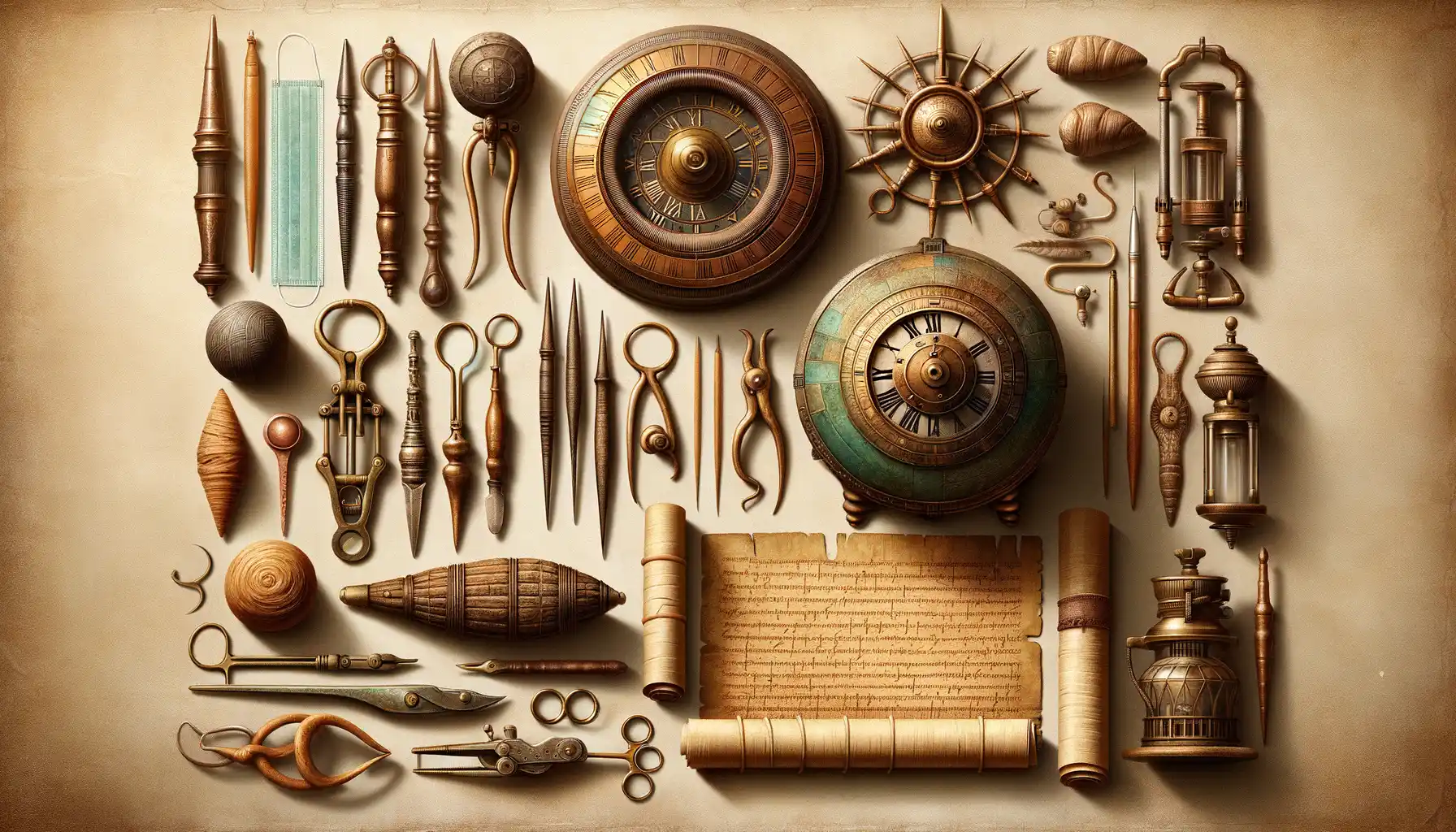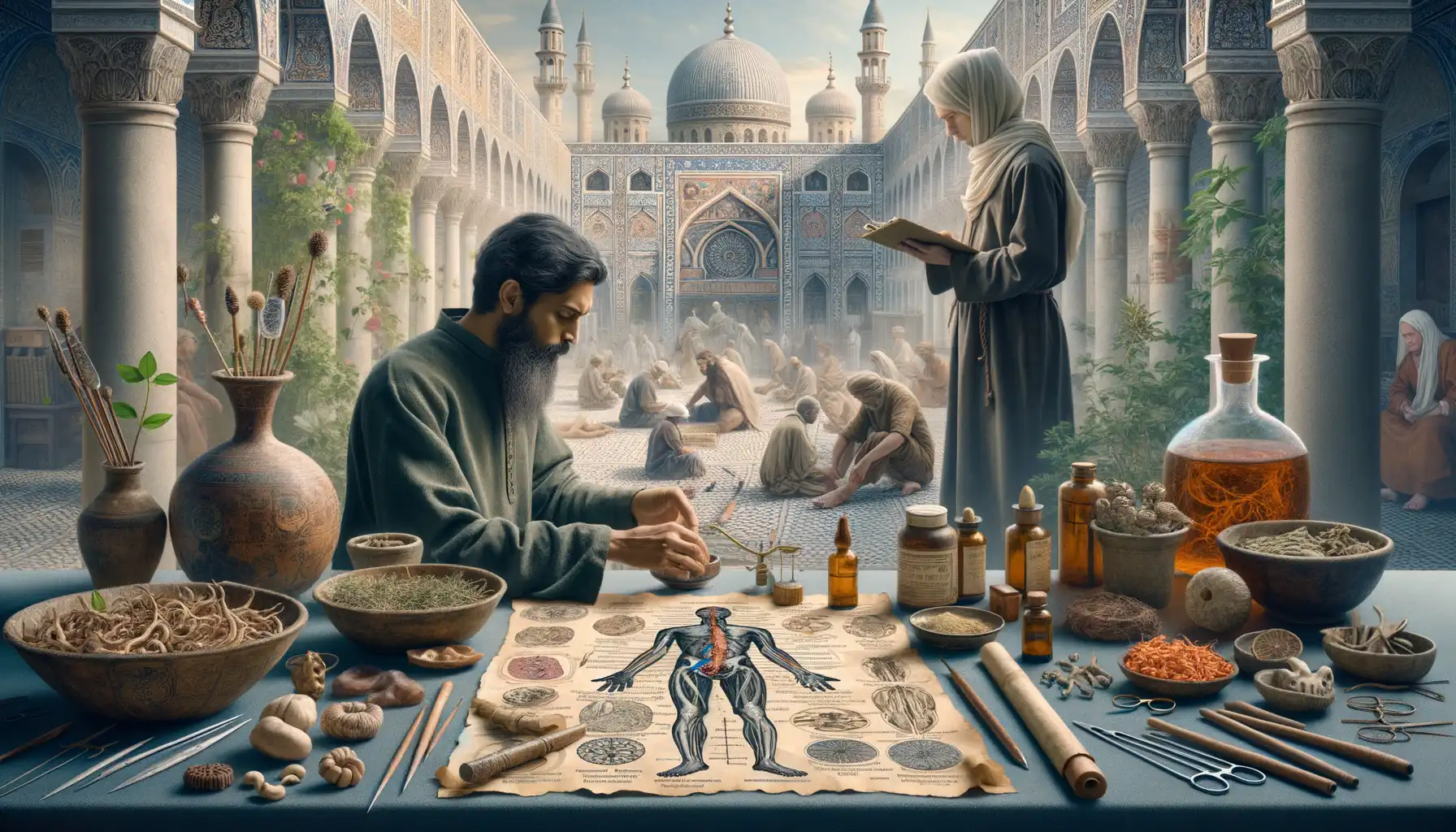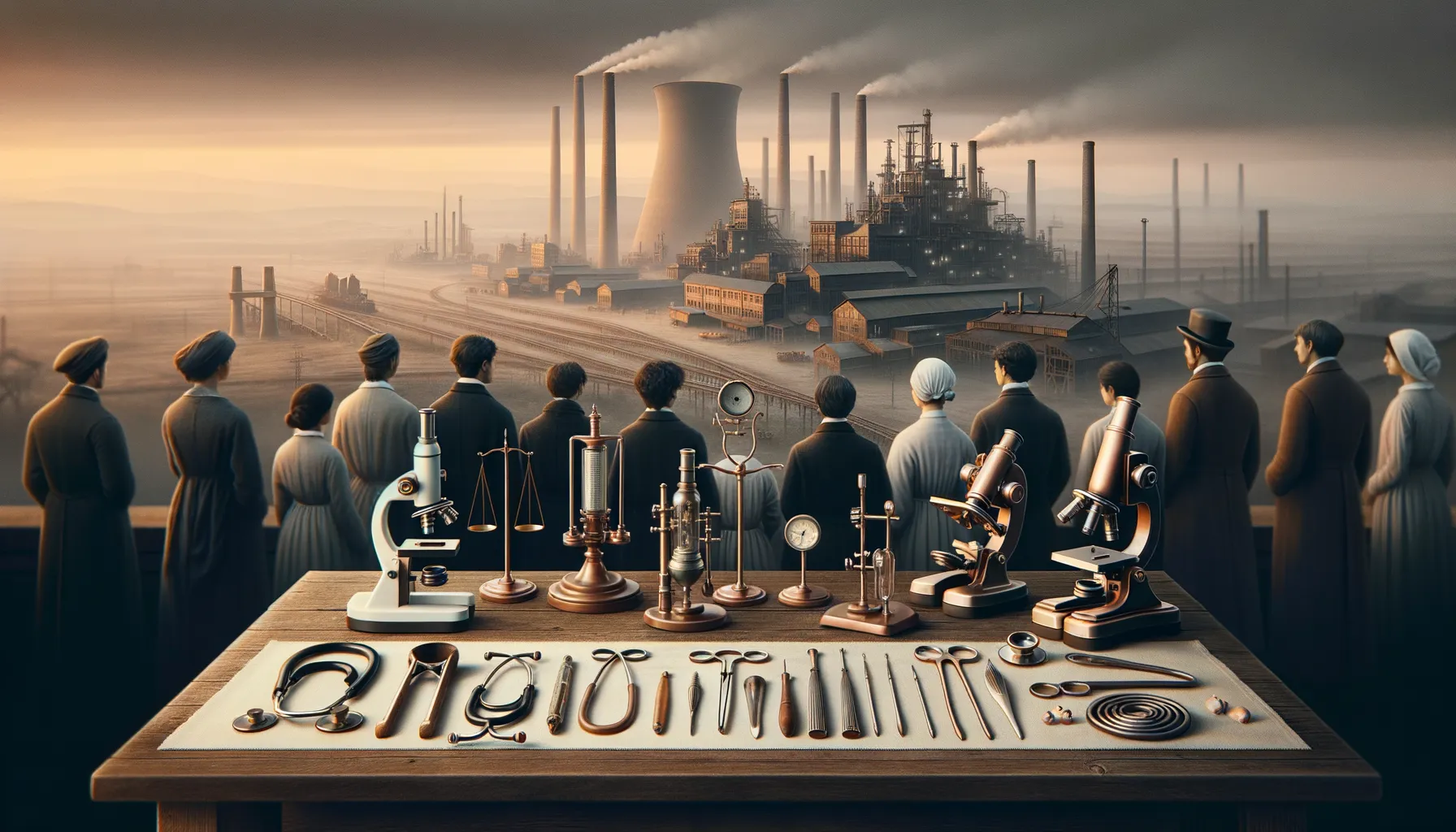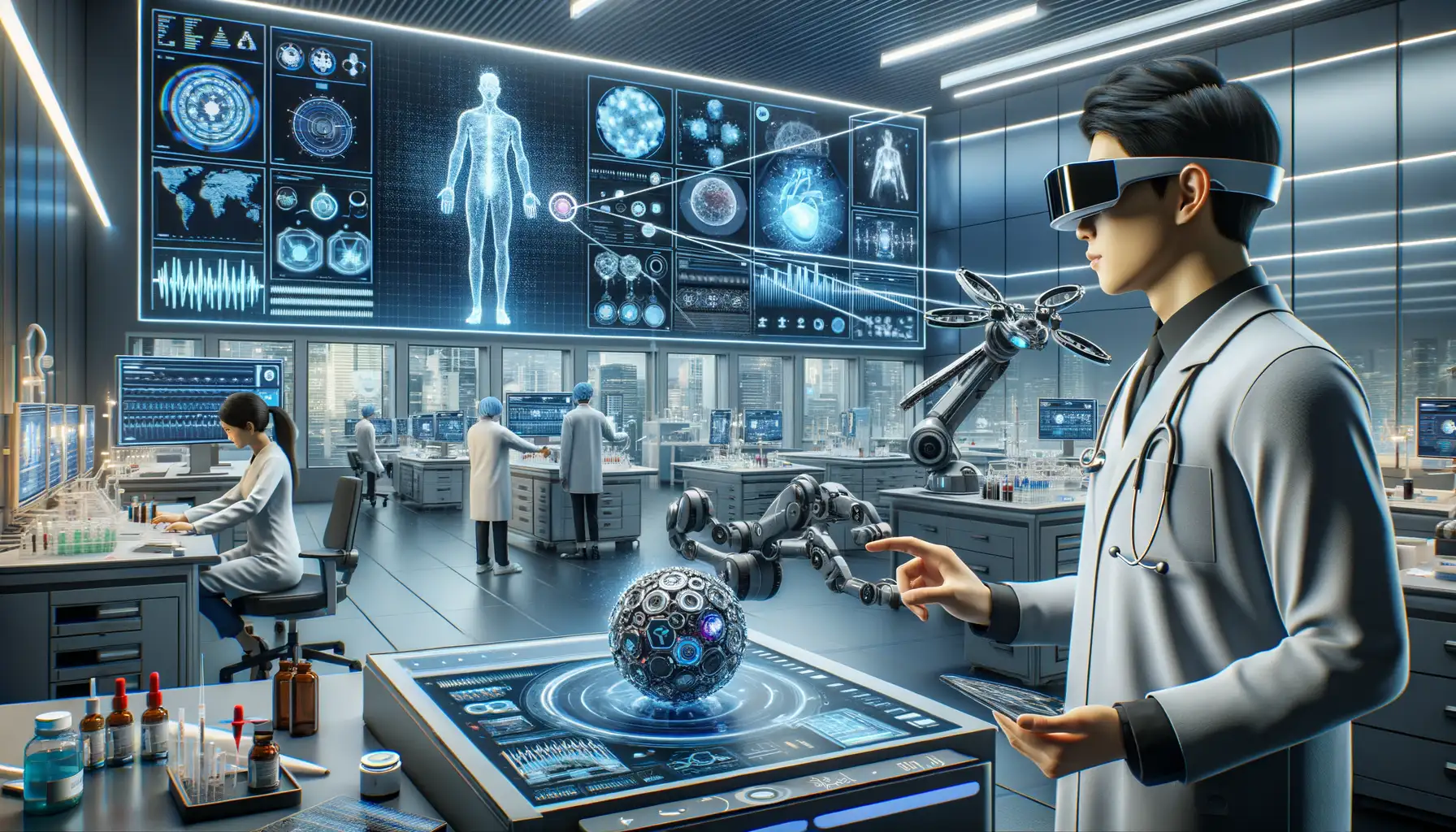Introduction to the Historical Evolution of Medical Devices
Step back in time and imagine a world where healing relied as much on intuition and observation as it did on tools. The story of medical devices is one of innovation born from necessity, where ancient civilizations crafted ingenious solutions to life’s most daunting health challenges. From the moment humans first chipped stone into a blade to treat wounds, we’ve been on a mission to mend and restore the body.
From Bone Fragments to Breakthroughs
Did you know that some of the earliest “medical tools” were made of animal bones or simple materials like wood and stone? Ancient Egyptians are believed to have used copper instruments for surgery, their sharp edges rivaling even modern scalpels in precision. Fast forward to ancient Rome, where they had specialized tools like cautery irons to stop bleeding and even rudimentary forceps for childbirth—impressive, isn’t it?
But the real magic lies in how these tools evolved over centuries:
- Trephination tools (used for drilling into skulls) aimed to relieve pressure or cure mental ailments—a daring act still shrouded in mystery.
- Hollow reeds served as early catheters, proving that creativity often sprang from understanding nature itself.
- Coins were even used as makeshift prosthetics, showcasing humanity’s adaptability in caring for the injured.
The Humanity in Every Step
What makes this journey so captivating is the blend of science and empathy. People weren’t just inventing to solve problems—they were driven by a deep desire to save lives, ease pain, and offer hope. Each device, no matter how humble, represents a chapter in our quest to defy illness and prolong life.
And here’s the best part: this is just the start of the story. Let curiosity guide you as we unearth more about the fascinating milestones that shaped today’s medical marvels.
Ancient Innovations and Early Medical Tools

First Steps in the Healing Arts
It’s awe-inspiring to think about how early civilizations tackled illness and injury without the convenience of today’s glossy hospitals or sterile tools. Instead, they relied on raw ingenuity and techniques that might surprise you with their brilliance. For instance, the Ancient Egyptians weren’t just building pyramids—they were also crafting medical tools out of materials like bronze and obsidian. Scalpel-like instruments, tweezers, and even primitive forceps are among the treasures unearthed from their tombs. Practical and elegant, these were the lifelines of ancient surgeons.
Meanwhile, in Ancient China, acupuncture needles made of stone and bone opened up a whole new world of healing. They believed these tools could balance the body’s energy flow, or “qi”—a concept still alive in modern medicine. And who can forget the Greeks? When Hippocrates wasn’t philosophizing, he was inspiring the creation of tools like the speculum, which is shockingly similar to today’s versions.
- The Mesopotamians crafted clay tablets detailing herbal remedies—a precursor to modern prescription pads.
- The Romans? They adored cleanliness, inventing surgical hooks and “spoon probes” to clean wounds and remove foreign objects.
Who knew ancient healers were as resourceful as master inventors? It’s a testament to human resilience and its determination to conquer pain.
The Middle Ages and Renaissance Contributions to Medicine

Revolutionary Remedies and Groundbreaking Ideas
The Middle Ages and Renaissance weren’t just about knights, castles, and art—they were also bustling with medical ingenuity, even amidst plagues and superstitions. Imagine a time when a physician might carry a leather-bound manual of treatments, blending ancient wisdom with new discoveries. The era was ablaze with fresh ideas, fusing science and belief like molten metal in a smith’s forge.
Take, for instance, the emergence of **surgical tools** crafted to delicately treat war wounds. These weren’t rudimentary—oh no!—they were masterfully designed. Forceps, scalpels, and even primitive syringes became symbols of an evolving skill set. It’s fascinating to think that some of these designs echo in the instruments we still use today.
- The invention of the **trephine**, an early brain surgery tool, showcased boldness paired with necessity.
- Herbal remedies flourished as apothecaries blended concoctions made of willow bark (your medieval aspirin!) and other natural wonders.
A Renaissance of Anatomical Exploration
The Renaissance brought more than masterpieces; it opened the human body to exploration like never before. Let’s give a standing ovation to **Andreas Vesalius**, who fearlessly challenged misconceptions about anatomy with his groundbreaking book, *De Humani Corporis Fabrica*. His detailed illustrations were like medical maps guiding physicians through the labyrinth of veins, muscles, and organs.
Even Leonardo da Vinci’s artistic genius played a part here! He wasn’t just painting the Mona Lisa—he scribbled meticulous sketches of the human heart, showing its valves and chambers long before anyone understood their function. Doesn’t that make your heartbeat a little faster? The fusion of art and medicine truly soared during this time, highlighting our eternal quest to understand the marvel that is the human body.
Industrial Revolution: The Birth of Modern Medical Devices

The Spark of Innovation: How Machines Changed Medicine
Picture this: the 18th century, a world humming with the clatter of steam engines and the scent of invention in the air. The Industrial Revolution wasn’t just about factories and railroads—it marked a profound shift in how we approached healthcare. For the first time, man and machine joined forces to craft tools that could save lives on an extraordinary scale.
Think about the pioneering stethoscope, an invention of the early 19th century. Before this, doctors relied on their ear pressed to a patient’s chest—intimate but far from precise. With the advent of industrial manufacturing, tools like the stethoscope became not just practical but reproducible. Imagine the relief of countless patients who no longer had to endure guesswork when it came to their hearts and lungs.
Mass production also birthed the first surgical instruments made to precise specifications:
- Scalpels sharp enough to avoid infections.
- Forceps built for delicate procedures.
- Syringes that delivered medicine with shocking accuracy.
The era didn’t just give rise to machines; it democratized care. Suddenly, tools once reserved for the elite became accessible, signaling the dawn of modern healthcare as we know it.
Current Trends and the Future of Medical Technology

The Intersection of Innovation and Imagination
Look around—can you feel it? The pulse of medical technology is racing faster than ever, redefining what’s possible for human wellness. Right now, we’re witnessing a symphony of bold ideas and precision engineering transforming patient care. From wearables that whisper health metrics into your ear to AI systems diagnosing conditions faster than the blink of an eye, this isn’t science fiction—it’s our reality.
Take *robot-assisted surgery,* for example. These sleek, mechanical “hands” are so precise that they make traditional instruments seem clumsy in comparison. And have you heard about **CRISPR technology**? It’s giving surgeons the ability to edit genetic codes like a word processor edits text, snipping out diseases before they take root.
- 3D bioprinting is turning lab-grown tissues into lifelines for patients.
- Telemedicine is shrinking time and distance, putting specialists practically in your living room.
- Nanotechnology promises tiny warriors inside your bloodstream, zapping cancer cells where traditional treatments can’t reach.
The future feels extraordinary because it is. But here’s the kicker: for all this progress, we’re just scratching the surface. What will tomorrow bring? A cure for Alzheimer’s? Brain-computer interfaces that let paralyzed patients move freely again? It’s no longer a question of if—it’s when.
Pioneering the Future With AI-Powered Healthcare
Now, let’s talk about **artificial intelligence**, the true game-changer of our age. Imagine this: algorithms working tirelessly, scanning millions of medical records, spotting patterns invisible to the human eye. Hospitals embracing AI tools are seeing earlier diagnoses, fewer errors, and treatment plans tailored as exquisitely as a bespoke suit. It’s like having Watson from Sherlock Holmes as your personal health detective!
Doctors aren’t being replaced—they’re being supercharged. AI-enhanced predictive models are helping healthcare providers anticipate outbreaks, customize medications, and manage resources. And here’s where it gets wild: wearable tech. Think smartwatches were revolutionary? Some devices now monitor glucose levels, heart rhythms, or even mood changes in real-time, sharing crucial data directly with physicians.
What thrills me most is how this tech doesn’t just save lives—it empowers us to live better, healthier ones. To quote one researcher, “The best care will no longer be about proximity; it’ll be about possibility.”
